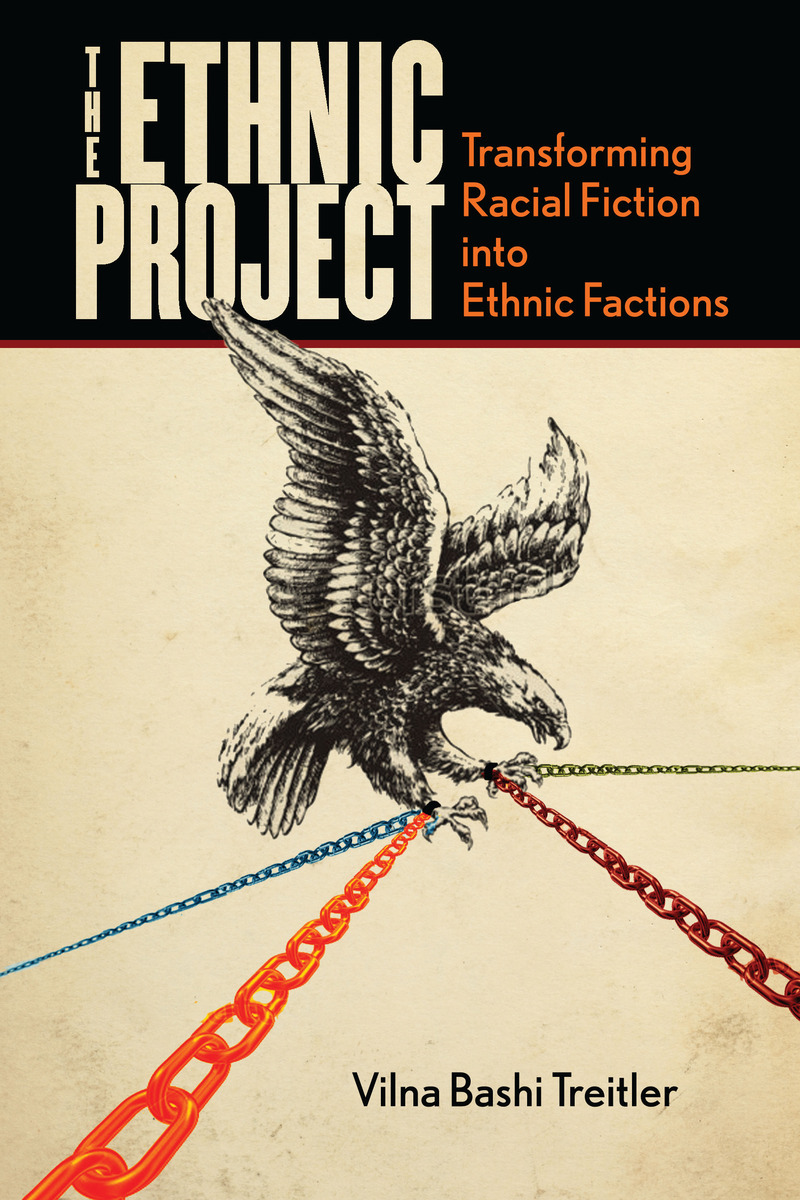One of the Family: Métis Culture in Nineteenth-Century Northwestern Saskatchewan by Brenda Macdougall (review)
Canadian Ethnic Studies
Volume 44, Number 3, 2012
pages 147-148
DOI: 10.1353/ces.2013.0012
Frits Pannekoek, President and Professor of History
Athabasca University, Athabasca, Alberta, Canada
Brenda Macdougall, One of the Family: Metis Culture in Nineteenth-Century Northwestern Saskatchewan (Vancouver: University of British Columbia Press, 2010)
For the last several decades, scholarship in Métis genealogy has matured to the point that it can proudly claim a leading position in the field of prosopography, a field first identified in medieval studies. It has become an instrument to divine an understanding of Métis society, its construction, its past and its continuity. Macdougall has built carefully on the scholarship of amongst others: Jennifer Brown, Sylvia Van Kirk, John Foster, Gerhard Ens, Doug Sprague, Heather Devine, and Nicole St. Onge. Her book deals with Métis culture in 19th century Northwestern Saskatchewan largely around Ile a La Crosse, a real and symbolic centre to the people of the Northwest. It is organized into seven chapters with introduction and conclusion, for a total of nine chapters.
The book argues that the Métis families of the Northwest are “wahkootowin.” This, according to Macdougall, is a Cree “worldview linking land, family, and identity in one interconnected web of being.” The first chapter deals with the social landscapes of the Northwest, the second with the social construction of the Métis family, the third with residency and patronymic connections across the Northwest, the fourth with family acculturation and Roman Catholicism, and the fifth with family labor and the Hudson’s Bay Company. Two later chapters deal with free trade and the culture it contributed.
Macdougall’s contributions are significant and considerable. As noted, she used “wahkootowin” to explain the complex set of interrelationships amongst a people. She explains how marriage patterns, work lives, and religion were all mutually reinforcing and how these complex relationships or “wahkootowin” defined life. Family mattered a great deal and a study of the family structures evidences a pattern that persisted and deepened over four generations. The volume is rich in detail and anyone with roots in Northern Saskatchewan will leave with a deeper understanding of themselves. It is, to a degree, an insider’s study, but for the scholar of Métis genesis, it is now the best explanation of how a people and an identity emerged in the Saskatchewan interior.
The book is, however, not without its problems, although some will consider these its greatest strengths. First, it will be very difficult for people outside the region or new to Métis studies to read the book with any real enjoyment. The genealogical data is dense and will be in the eyes of some a major obstacle to understanding “wahkootowin.” Others, however, will find the nuanced tapestry of family information a highly compelling background to the family networks that Macdougall argues are so foundational to an understanding of the Métis. Most Métis scholars will ponder these connections and will use the questions Macdougall asks to further their own family reconstructions regardless of region or Aboriginal cultural roots.
The real question that will be posed by many is whether the findings are replicable. Are the complex interconnections of Northwestern Saskatchewan to be found in Northern Manitoba at Rossville for example? Macdougall rightfully makes much of the Catholicism of the Ile a La Crosse community, and points out how Protestant mixed bloods were probably purposefully excluded. Would the Methodist community at, for example, Rossville, the community at White Fish Lake, or that at Stanley mission have been equally exclusionary to Catholics? Would English-speaking, Protestant mixed-blood communities have differing structures? Would “wahkootowin” take on a different texture in these communities? Would the Hudson’s Bay Company have a different relationship given the dominance of Protestants in its hierarchy? Would there be Protestant Catholic intermarriages? Macdougall, I would suggest, would likely say not, but were Irene Spry still alive she would suggest that intermarriages would and did occur. A more careful reading of Anglican and Methodist archives might pose new questions. What is important is that Macdougall has moved the discussion on Métis culture from one of class, or one focusing on ethnicity to one that requires an understanding of complex Aboriginal cultural norms rather than one requiring a complex understanding of European or Euro American ones. Macdougall demands much of her readers, and those who accept the challenge will be well rewarded…


